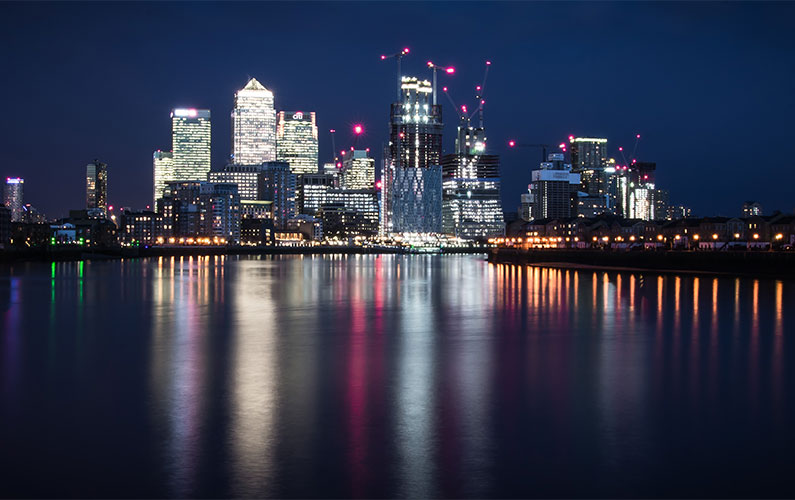Here we are in the midst of another series of ‘The Apprentice’ and I bet that I wasn’t the only person that spent the first series, way back in 2005, wondering where about in Canary Wharf, Siralan’s (as he was back then) offices were? The rapid images of Canary Wharf and the City of London surrounding the famous boardroom scenes really left me with that impression.
Well, I’ve got a lot older and maybe a little wiser (?) since, and know now that Lord Sugar’s offices are out in Essex and the famous boardroom is a set in a TV studio in West London. But if there hadn’t been so many series for me to ponder over would I have ever considered the reality of where the office and boardroom were? I doubt it, it would have washed over me and I would have continued with the belief that they were near Canary Wharf somewhere. Does it matter? Probably not in this case, it’s irrelevant to me where Lord Sugar’s boardroom is but what about other situations?
I find it quite disturbing that seeing is so closely linked to believing. Now, I know that it’s advantageous for us to believe our eyes otherwise I’d have been run-over by a bus long before now but it also bothers me the way this is so easily used against me. Now I’m not talking about ‘The Apprentice’ here but what about news broadcasts or political campaigns?
We know already from other posts how impactful images are on us and how they are processed in a holistic way in the brain, stimulating our emotions and our expectations. Images are much closer to having the experience than words are. So I find it strange that we can get mad about a David Attenborough programme using polar bears in a zoo rather than in the wild because that’s a documentary and therefore must be authentic but we don’t give any thought to news bulletins or political broadcasts and how authentic they may be. Why do we think documentaries or news are more ‘real’ than a drama or comedy? After all they are all created by people, so can only ever be from a subjective view point as they are all cut, edited and manipulated, even if that’s only through the camera angles used and they way the picture is cropped.
Back to that rapid editing effect – what surrounds key moments and characters seems to be highly impactful on our perceptions. There was a famous experiment back in the early years of Russian cinema around 1920 when film maker Lev Kuleshov was experimenting with editing techniques. A lot of what is said about the experiment is anecdotal, as apparently Kuleshov himself couldn’t remember in later life exactly what had gone on and what shots were used. But the upshot is still the same, he cut together a short film in which a shot of the actor Ivan Mosjoukine’s blank and expressionless face was alternated with other images – allegedly a beautiful woman, a child’s coffin and a bowl of soup. When shown to audiences the viewers believed that the actors emotional reaction changed, they attributed such things as seeing hunger in his face when connected with the soup….but it was the same shot of his face each and every time. Viewers were bringing their own emotional reactions and then attributing them onto the blank canvas of the face of the actor.
I’m not sure if this is ‘real’ footage of the Kuleshov effect but here’s a Youtube link to give you the gist of the experiment – I can’t honestly say that this seems to have much impact on me but then I now know what I’m looking out for and I’m more intrigued by the early 20th century idea of a matineé idol, who to my 21st century ideas looks down right weird! But I know from my own experience that without a doubt we are influenced by what supports and surrounds the main image and, as ever, our brains simply fill in the blanks and make connections based on our past experience.
According to a web site I stumbled over about Stanley Kubrick and the Kuleshov effect, Kubrick was a great exponent of the technique and ‘HAL’ the famous computer, monotone and faceless form ‘2001: A Space Odyssey‘ is again used as a blank canvas on which we project our own feelings giving a personality and range of emotion which are not really there…creepy.
So be careful when watching the news and keep an eye out for politicians kissing babies or surrounding themselves with other positive images for that matter, they only hoping that some of that ‘ahhhhh cute’ reaction will influence you! And don’t believe your eyes – except when you see a bus!


